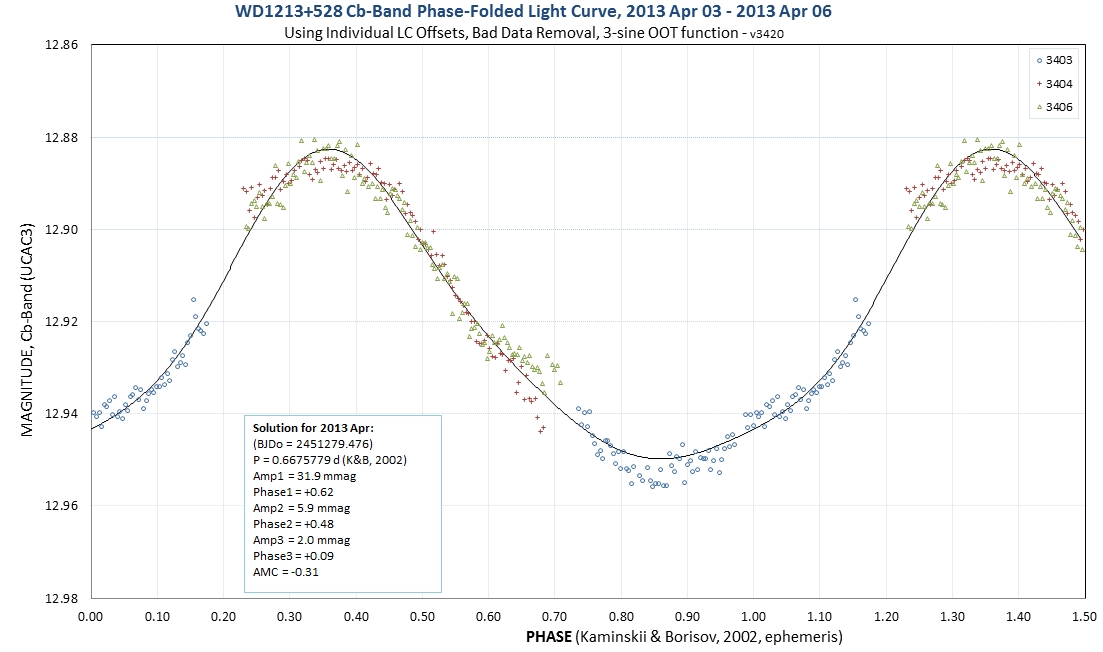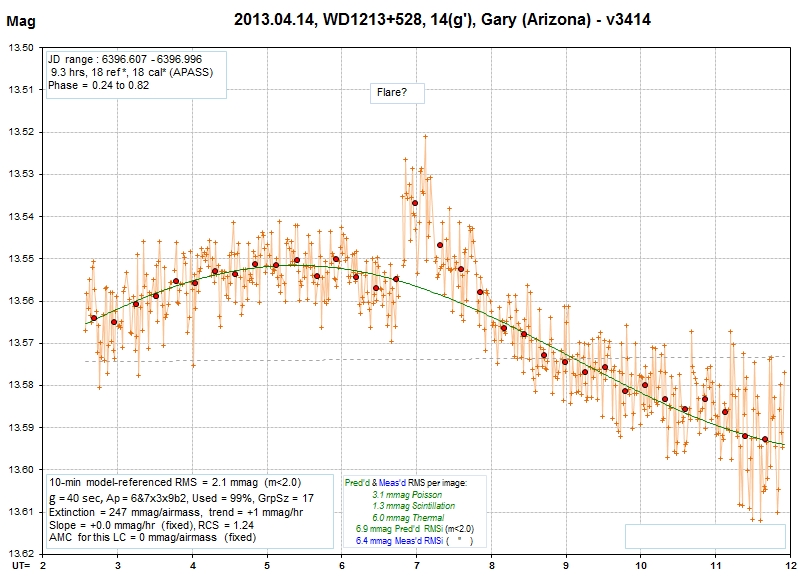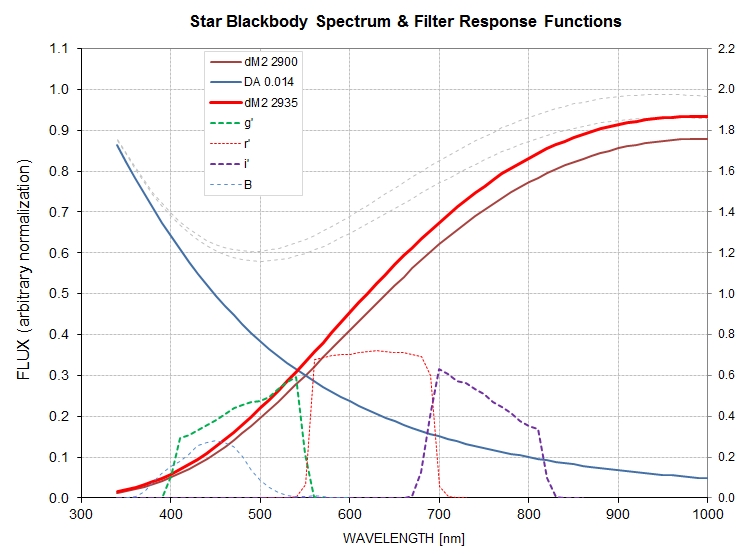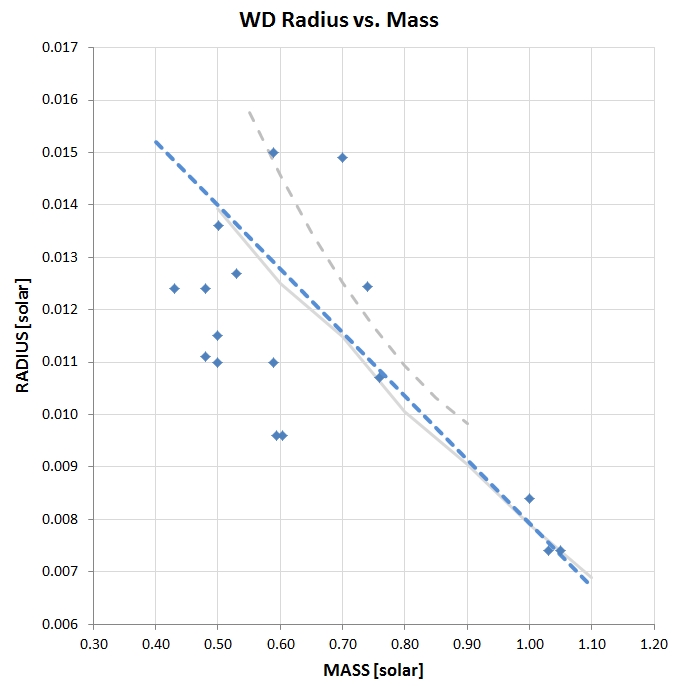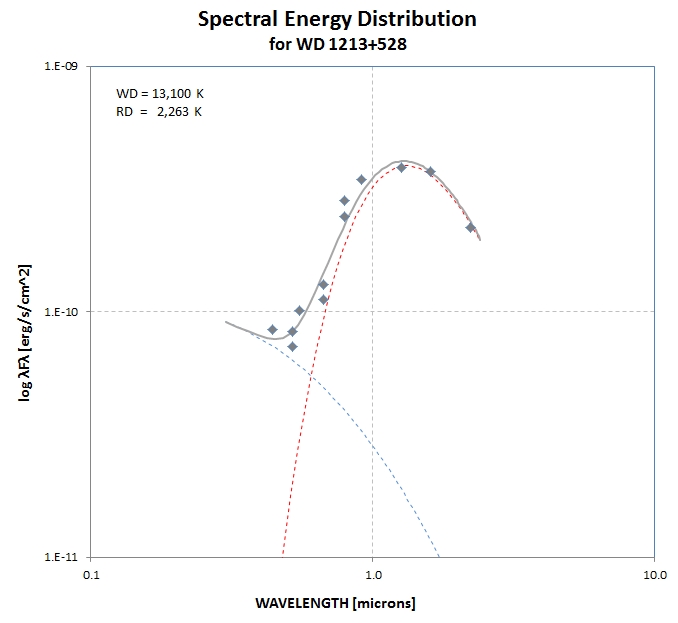This web page is devoted to a description of observations and (amateur) modeling of the above "white dwarf/red dwarf" binary system. Since starting this web page I learned that WD 1213+528 has another name, EG UMa, and is a well-studied system. Recent observations (referring to it with the 2nd name) reveal it to be sufficiently observed and understood (flares, sizes, masses, inclination, ephemeris, etc) to not warrant further observations by amateurs. Therefore, this web page has been "frozen" at a state where I was just learning these things. Please disregard everything on this web page.
